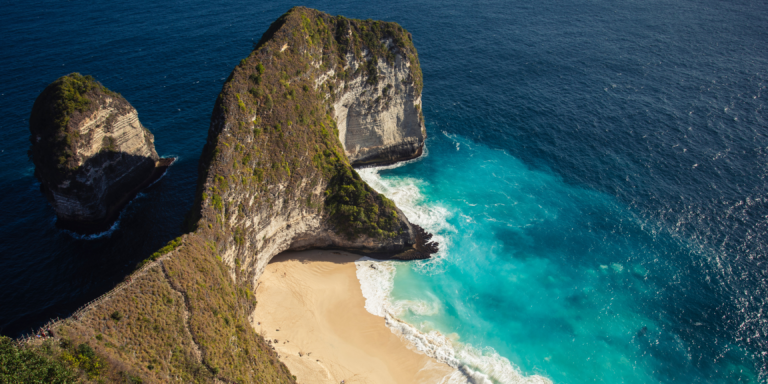Brazilian Carnival Shapes Brazilian Culture

How Carnival Shapes Brazilian Culture? Carnival in Brazil is more than just the world’s most famous street party — it is a powerful cultural force that shapes Brazilian identity, celebrates diversity, and brings people together through music, dance, and tradition. This annual celebration not only reflects the soul of Brazil but also influences its economy, arts, and social dynamics in profound ways.
If you’re curious about how Brazilian Carnival influences culture, social norms, and the global perception of Brazil, this article explores its impact across multiple layers of society — from history and heritage to economy, inclusion, and artistic expression.
The Cultural Roots of Brazilian Carnival
The story of Carnival in Brazil begins with Portuguese colonizers who brought the pre-Lenten tradition of “Entrudo.” This chaotic festival, where people threw water and food at each other, was later influenced by African traditions brought by enslaved people and local Indigenous practices.
As these cultures merged, Carnival evolved into a unique Brazilian phenomenon. One of the key outcomes of this cultural blend was the birth of samba, a music and dance form that has since become synonymous with Brazilian identity and the core rhythm of Carnival. Today, samba schools across the country work year-round to prepare stunning parades that showcase their themes through floats, costumes, and music.
Carnival as a Mirror of Brazilian Society
What sets Brazilian Carnival apart from other festivals around the world is its capacity to reflect and critique society. Each samba school parade revolves around a chosen theme — often rooted in Brazilian history, politics, culture, or social issues.
From celebrating Afro-Brazilian heroes to criticizing political corruption, these themes carry meaningful messages. The floats, lyrics, and choreography aren’t just for show — they are creative forms of storytelling, protest, and social commentary. This makes Carnival a living cultural archive of Brazil’s ongoing struggles and triumphs.
A Celebration of Diversity and Inclusion
Diversity is at the heart of Carnival. Brazil is a multicultural country, home to people of Indigenous, African, European, and Asian descent. Carnival provides a stage for all these voices. From the African drumming rhythms of Salvador’s Carnival to the electronic-infused blocos of São Paulo, every region adds its own color and sound to the festival.
The celebration is also a safe space for the LGBTQ+ community, with drag queens, trans performers, and same-sex couples taking part openly in parades and street parties. In cities like Rio de Janeiro and Recife, Carnival becomes a platform for visibility, self-expression, and pride — making it a vital event for advancing social inclusion and equality.
Economic Impact of Carnival in Brazil
Carnival is not only a cultural highlight; it’s an economic powerhouse. According to government data, Brazilian Carnival generates billions of reais annually in revenue, supporting jobs in tourism, event management, hospitality, and the arts.
Hotels are fully booked, restaurants thrive, and thousands of vendors benefit from increased foot traffic. But the preparation phase is just as important — artists, seamstresses, costume designers, choreographers, and musicians work for months to prepare. These activities sustain traditional crafts and promote creativity at scale, making Carnival a crucial contributor to Brazil’s creative economy.
Building National Identity Through Carnival
In a country as vast and diverse as Brazil, Carnival serves as a rare moment of unity. Whether you’re watching the parade in Rio, dancing in a street bloco in Salvador, or just enjoying the music from home, there’s a sense of shared excitement.
Carnival helps shape national pride and identity, reminding Brazilians of their cultural richness and resilience. Even for those who don’t actively participate, the event evokes a collective emotional connection that strengthens the sense of belonging across social and regional divides.
Carnival as a Platform for Protest and Resistance
Throughout history, Carnival has served as a form of resistance. During Brazil’s military dictatorship (1964–1985), samba schools embedded subversive political messages into their parades to criticize censorship and oppression.
Today, the tradition continues. Floats call attention to racial injustice, environmental destruction, and government corruption. Street parties and independent blocos often feature satire and parody, using humor to question authority. This ability to blend celebration with resistance makes Carnival one of Brazil’s most powerful tools for civic expression.
Global Influence of Brazilian Carnival
Thanks to global media, Brazilian Carnival has become an international symbol of culture, joy, and artistic brilliance. Tourists from around the world travel to Rio de Janeiro, Salvador, and Recife each year to witness the spectacle.
The event promotes Brazilian culture abroad, influencing music, fashion, film, and dance globally. Carnival is also used in cultural diplomacy, strengthening Brazil’s image as a creative and vibrant nation. It showcases the country’s rich heritage, fosters cross-cultural exchange, and boosts international tourism.
Challenges Facing Carnival’s Future
Despite its massive appeal, Carnival in Brazil is under threat. Rising production costs, uneven government support, and growing commercialization risk turning a community-driven celebration into a corporate product. Smaller samba schools and street blocos often struggle with funding and public space restrictions.
There’s also a risk that the focus on Rio overshadows other regional Carnivals — like those in Olinda and Salvador — which have unique styles and cultural value. Preserving the true spirit of Carnival means supporting local artists, investing in community-based celebrations, and teaching future generations about its cultural roots.
How Carnival Shapes Brazilian Culture: Final Thoughts
Carnival is more than Brazil’s biggest event — it’s a living, breathing reflection of the country’s identity. It preserves history, champions diversity, drives economic activity, and provides a platform for art and activism.
Through music, dance, and storytelling, Carnival teaches us about joy, struggle, pride, and resistance. It brings people together in celebration and solidarity, inspiring not only Brazilians but people all over the world.
Whether you’re a first-time visitor or a lifelong participant, Carnival shows us what it means to live, express, and belong — all to the rhythm of a beating drum.

